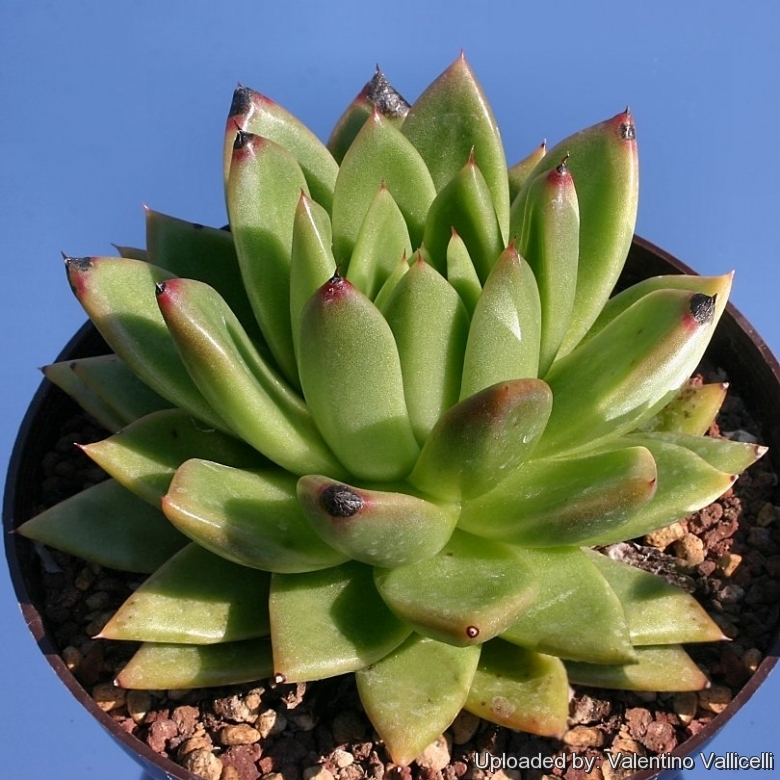
Echeveria agavoides Photo by: Valentino Vallicelli
This is a thick and solid- leaved variety of the House Leek, introduced from Mexico.
Origin and Habitat: Mexico, plateau region of central mexico (San Luis Potosi)
Habitat: Grows on rocky outcroppings at higher altitudes.
Synonyms:
See all synonyms of Echeveria agavoides
Common Names include:
ENGLISH: Molded Wax Agave, House Leek
RUSSIAN (Русский): Эxеверия агавовидная
Description: Echeveria agavoidesSN|14325]]SN|14325]] is a stemless, star-shaped rosette of fat leaves up to 20 cm in diameter. It is often solitary, growing offsets only slowly or not at all. It is a variable plant; some forms have reddish tips and some forms have slightly red to very red margins. This is a relatively common species, and quite fast for an Echeveria. It has also been widely used in hybridizing.
Stem: Very short (almost stem less) 3-5 cm tall, 2,5-3 cm in diameter.
Leaves: ± 20, ovate-deltoid accuminate, moderately keeled, with rounded margin, 4-8 cm long, 3 cm wide near base, ± 5 mm thick, satiny translucent light apple-green that in summer tend to assume a red colouring. Leaves are at their brightest from autumn to spring. The leaves shows a well-marked phyllotaxis. Five curves in one direction and eight curves in the opposite direction (Parastichy number 5-8)
Flowers: Conoid-urceolate, pinkish-red with petals tipped with dark yellow on an inflorescence 50 cm tall. Peduncle 8-25 mm long,
Blooming season: Summer.
Remarks: Echeveria agavoidesSN|14325]]SN|14325]] is very variable in habitat and several cultivars or selections are recognized. It is also vigorous and very easy to grow and much used in hybridizing.
Subspecies, varieties, forms and cultivars of plants belonging to the Echeveria agavoides group
Bibliography: Major referencens and further lectures
1) Eric Walther “Echeveria” California Academy of Sciences, 1972
2) John Pilbeam “The Genus Echeveria” British Cactus & Succulent Society, 2008
3) James Cullen, Sabina G. Knees, H. Suzanne Cubey “The European Garden Flora Flowering Plants:A Manual for the Identification of Plants Cultivated in Europe, Both Out-of-Doors and Under Glass” Cambridge University Press, 11/ago/2011
4) Werner Rauh “The Wonderful World of Succulents: Cultivation and Description of Selected Succulent Plants Other Than Cacti” Smithsonian Institution Press, 1984
5) L. Carruthers and R. Ginns “Echeverias: A Guide to Cultivation and Identification of the Popular American Succulents” Arco Publishing Company, Inc.; First Edition edition 1973
6) Hermann Jacobsen “A handbook of succulent plants: descriptions, synonyms, and cultural details for succulents other than Cactaceae, Volume 1” Blandford Press, 1960
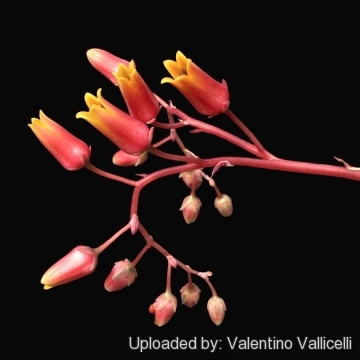 Echeveria agavoides Photo by: Valentino Vallicelli
Echeveria agavoides Photo by: Valentino Vallicelli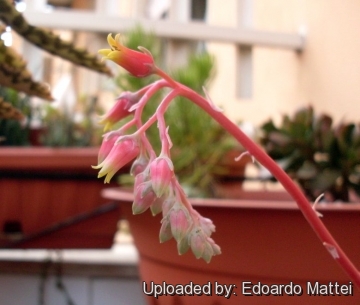 Echeveria agavoides Photo by: Edoardo Mattei
Echeveria agavoides Photo by: Edoardo Mattei Echeveria agavoides Photo by: Cactus Art
Echeveria agavoides Photo by: Cactus Art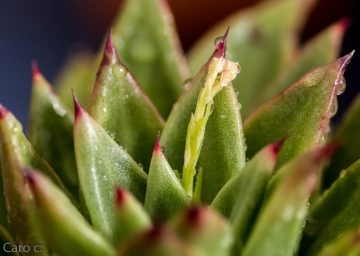 Echeveria agavoides Photo by: Carolina González
Echeveria agavoides Photo by: Carolina González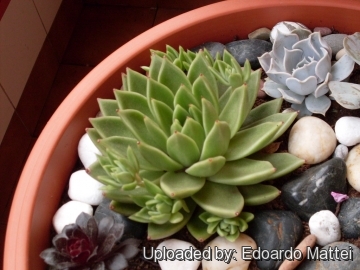 Echeveria agavoides Photo by: Edoardo Mattei
Echeveria agavoides Photo by: Edoardo Mattei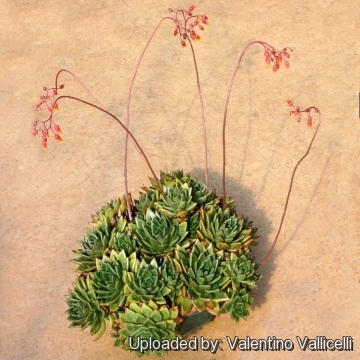 Echeveria agavoides Photo by: Valentino Vallicelli
Echeveria agavoides Photo by: Valentino Vallicelli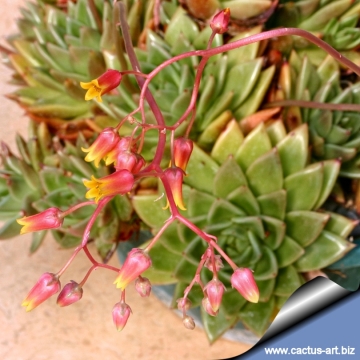 Echeveria agavoides Photo by: Cactus Art
Echeveria agavoides Photo by: Cactus Art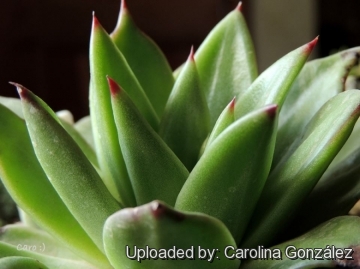 Echeveria agavoides Photo by: Carolina González
Echeveria agavoides Photo by: Carolina GonzálezCultivation and Propagation: Echeveria are easily grown succulents that can tolerate sun, shade, moist soils, dry soils, but look their best only when given adequate light levels and water, and ideally should be grown outdoors in full sun. Generally speaking, the more light a plant gets the better it will display its colours and shape. Bright light is required to prevent "stretching" of Echeverias ("stretching" occurs when a moderately fast growing plant such as an Echeveria, is grown in dim light or over-fertilized, which causes overly lush growth that contributes to weak, pallid plants). However, when moving plants from lower light conditions into full sun, be wary of sun scorch resulting from too rapid a transition into intense summer sunlight, most easily avoided by ensuring plants are well-watered before moving them on a cloudy day. Echeveria are able to tolerate extended dry periods and survive drought without the need for watering, but they will grow stronger if they receive adequate moisture during their growing season, but never allowing the plant to remain waterlogged (root rot sensitive). For this reason, it is essential in cultivation to use a very porous soil, which will allow quick drainage. Avoid overhead watering under humid conditions, especially during winter. Echeveria are shallow rooted plants, and therefore benefit from good levels of organic matter in the soil. Give it enough root space for optimum growth. Slow release fertilisers with a low to moderate nitrogen content incorporated into the potting mix are usually adequate for the spring and summer growing seasons of Echeveria, and additional fertiliser applications would not normally be required until spring. Good air movement is important for minimising pest and disease risks, and avoiding excessive humidity in cool winter conditions is important to successfully growing Echeveria in the nursery environment. Can tolerate light frosts. however, the ideal temperature range during the summer growing season is 5-25°C, with the cooler autumn temperatures tending to make their foliage colours become more intense than those of the active summer growing season. Aphids like this plant (and all flowering Echeverias).
Propagation: Very easy to propagate usually by leaf propagation or division of larger clumps. If the plant is repotted some of the bottom leaves can be removed, in order to attempt propagation, it is also a common practice to collect the leaves on the flower stem. However some of the cuttings will dry out without producing a plantlet.
Your Photos
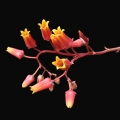
by Valentino Vallicelli



















